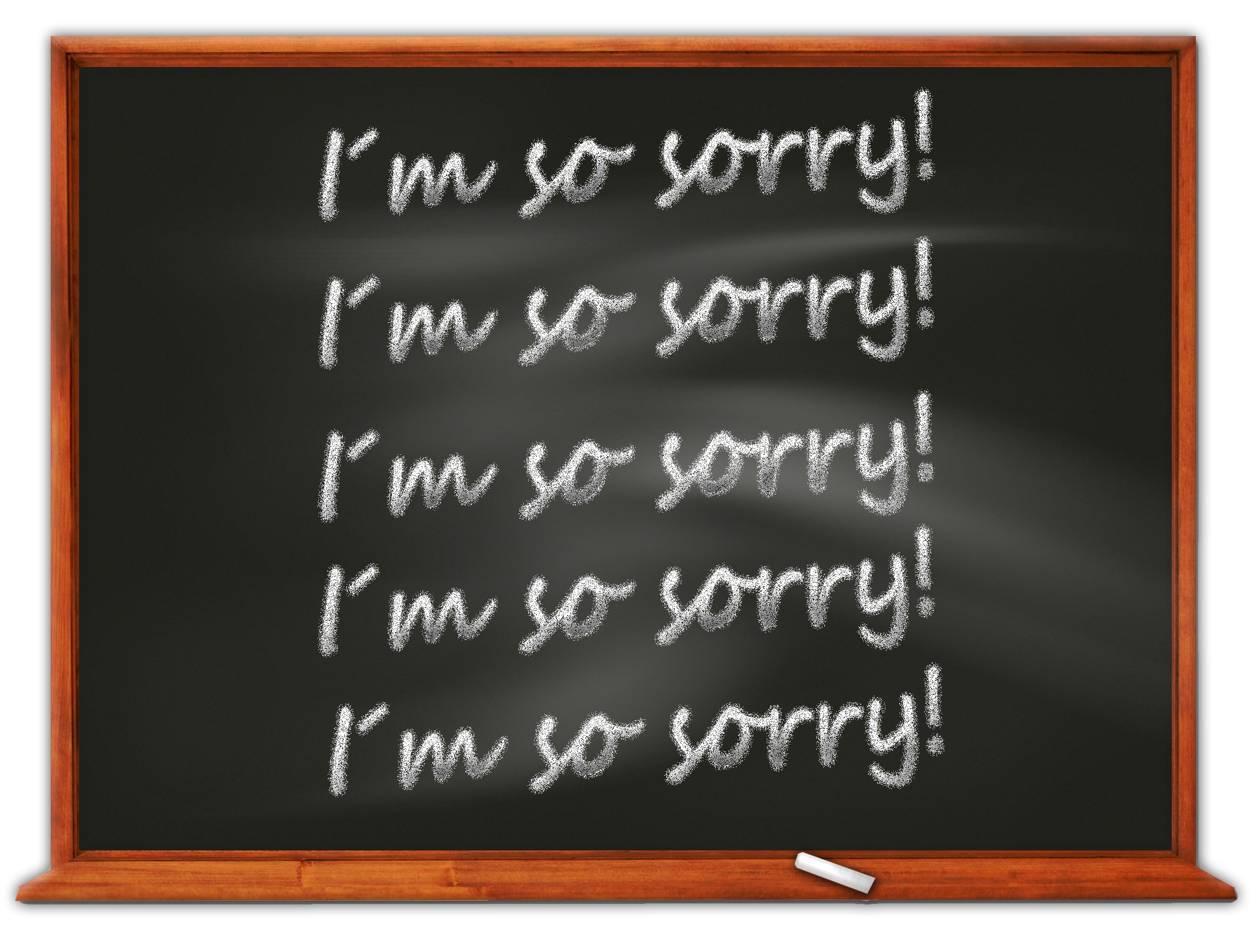On December 7, 2013, the SpaghettiOs brand learned a valuable lesson: don’t let a circular pasta cartoon character commemorate one of the most solemn moments in American history.
With a single tweet, the brand brought about its own day that would live in infamy. Turns out, a smiling, red-sneakered SpaghettiO-ffender is not the proper spokesperson to recognize the anniversary of Pearl Harbor. Who knew? (Well, besides everyone on Twitter.)
Then the brand learned another lesson: when you apologize, you better make it count or it counts for nothing.
SpaghettiOs, owned by Campbell Soup, issued an apology in the form of another tweet that said, “We meant to pay respect, not to offend.” Because a cartoon pasta shape waving a flag is respectful? It’s not quite a “sorry not sorry” situation, but it sure didn’t come across as sincere or smart. And the throngs on Twitter called them out for it. That’s no way for a brand to apologize.
Cut to more recent history. Earlier this year, the clothing brand H&M found itself under fire for what was perceived as a racially insensitive photo on its website. (I’m not going to post or describe the image – a simple Google search will satiate your curiosity.)
Amidst a firestorm of negative publicity and consumer outcry, H&M faced a difficult decision. Its response could affect not only sales but could risk additional negative attention and further alienation of a once-devoted fan base.
So what did H&M do? Simple. The brand apologized. Rather than offering excuses or clarifying intentions or explaining everything away, when they screwed up, they owned up.
H&M issued a bold, unequivocal apology in a statement placed prominently on the website’s home page, with a link to a press release expounding on that apology. The company took down the offending image, stopped selling the product in question, and even committed to recycle all remaining inventory. This is a textbook example of what a brand should do when it makes a mistake. You can read the entire apology here. It’s worth your time.
Some might be thinking, “But what if people are over-reacting? Did H&M need to apologize? Does my brand? What if we’re not wrong?”
These could be valid questions, but ask yourself this instead. Would you rather cloak yourself in good intentions and a desire to be right, risking negative publicity, further backlash and the lost revenue that goes with it? Or, would you rather accept that mistakes happen, apologize and promise to do better? Which do you think your customers and the public at large would appreciate more?
Any mistake – from an insensitive comment or image to failure to deliver on your service proposition – risks irreparable damage to your brand. Once you lose a customer to a bad experience, it’s tough to regain their trust. That’s why you should use every bit of your power to turn a mistake into an opportunity to show them your brand gives a damn.
Look, we’re none of us perfect. And when it comes to mistakes, we’re none of us immune. It’s always a question of “when” you’ll make a mistake, not “if.” What matters is what you do to rectify that mistake. So following the lesson of H&M, here’s the anatomy of an apology: three simple rules for your brand to follow when saying you’re sorry.
APOLOGIZE SINCERELY
“We’re sorry.” Full stop. Use straightforward, demonstrative language. It never plays well if you say, “We’re sorry people were offended” or “We’re sorry you feel that way.” No. Be sorry. Be contrite.
AVOID EXCUSES
Don’t try to explain your intentions. Don’t offer drawn out explanations. People want to see what you’ll do to fix the situation, not what led to it.
ACCEPT RESPONSIBILITY
It’s on you. Own it. You messed up. You’ll fix it. Don’t look for a scapegoat. Promise to work harder to avoid future mistakes. Finger-pointing lessens your credibility.
I hope your brand never has to issue a public apology. But if it does, look at what H&M did and do it right. Show that you’re willing to listen, to learn and to do better. When you screw up, own up.
It’s a great lesson for all brands. A pretty good lesson for everyday life, too.


